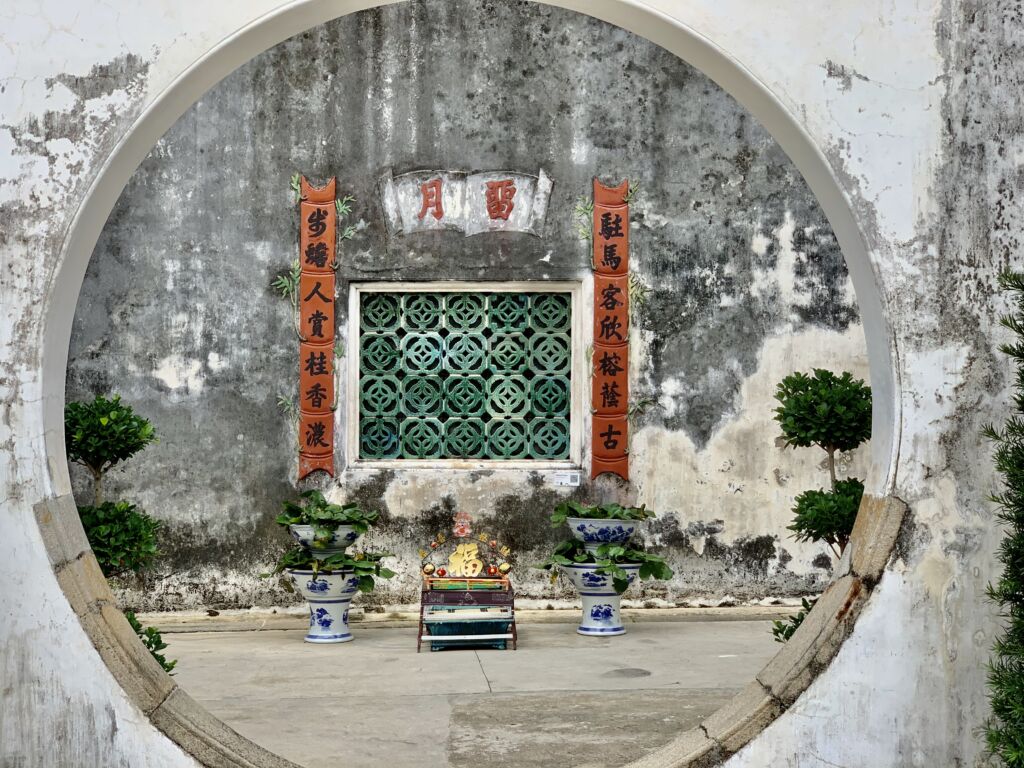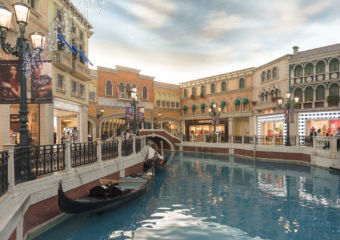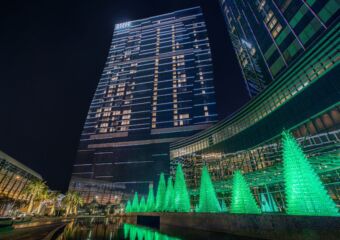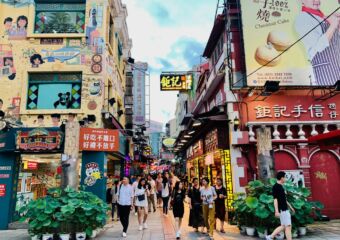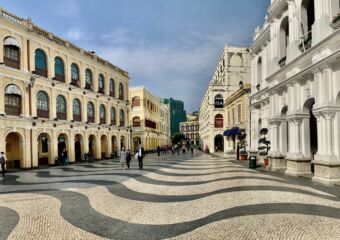The Mandarin’s House is the largest family residential complex still standing in Macau. In fact, it occupies an area of 4,000 square meters! Also known as Casa da Cheang (translated into Cheang’s Home), it was the residence and family home of Zheng Guanying (1842–1921).
It was here that Zheng, a theoretician, and reformist from the late Qing Dynasty, completed his influential book, Shengshi Weiyan (Words of Warning in Times of Prosperity). The house is listed as a UNESCO historical site in Macau due to its cohesive blend of Chinese and Western architectural elements.
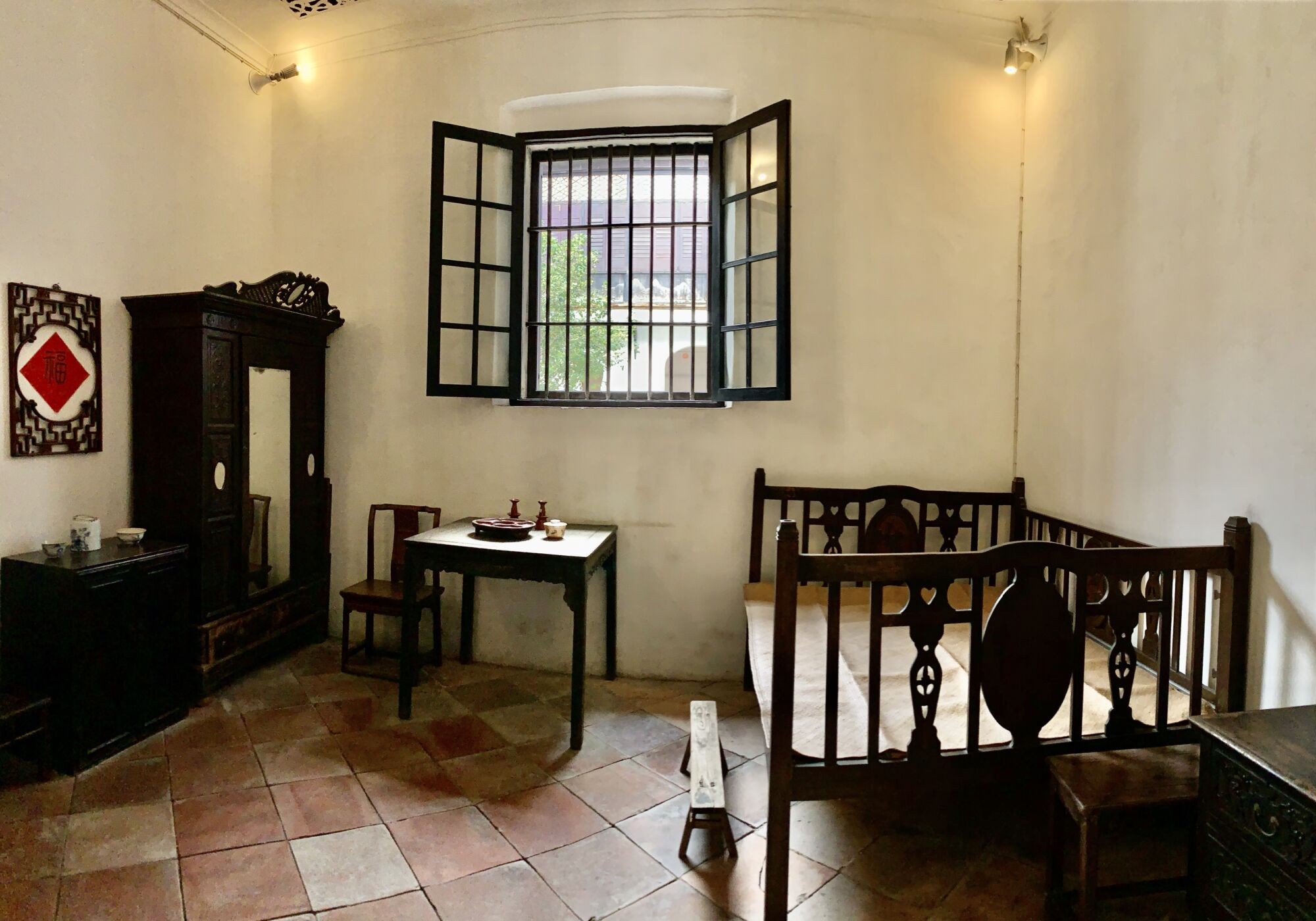
History of Mandarin’s House
The immense house was built by Zheng’s father, Zheng Wenrui in 1869, and then expanded by the Zheng brothers. During that time, the house looked directly out to the inner harbor, overseeing hundreds of boats and trading ships coming into Macau. During the 1950s and 1960s, many of the Zheng family members went overseas. Thus, the Mandarin’s House was rented to individual tenants.
At one point, there were as many as 300 residents! Due to issues arising from overcrowding and mistreatment of the historical property, the government took over the Mandarin House. In 2002, major renovations began in order to restore its original look, on display today. Its architectural style is one of a kind not only in Macau but around the world! The housing complex represents a cohesive presentation of Chinese and Portuguese building styles.

Zheng Guanying. Source: Wikipedia
Guanying, The Son of Macau
Known as “The Son of Macau”, Zheng Guanying (1842–1921) was born in Guangdong, but has a longstanding history connected to our city. Merchant, philanthropist, writer, poet, activist, and some other things, Guanying lived in Macau from 1885 to 1892 and those seven years seem to have made a major difference. After failing important final exams, his father sent him to Shanghai to learn business and trading with an uncle. Besides that, Guanying also started learning English and perfecting his Shaghainese accent, which was different from his own Cantonese accent. The English lessons earned him different jobs at British companies in China, where he worked as a merchant, a manager of the tea and silk businesses. In 1867, he worked for the Heshengxiang Tea Company as a linguist, translator, and broker, thanks to his English-language abilities. The trader basically spent most of his life in Shanghai, but Macau was still the place he called “home”, which can be read in his Chinese poem, Land of the Lotus Flower.
Zheng Guanying’s concerns regarding Macau were greater–and more political–than poetry: he was strongly opposed to the slave trade and human trafficking happening in town during that time. He even wrote about what was locally known as the “pig trade”, as the slaves were stamped with an identification mark just like farm animals. Besides speaking out about the issue, Guanying also urged for its abolishment.
After living in Shanghai for 20 years, the linguist and trader returned to his family home in Macau, now known as UNESCO’s heritage building, Mandarin’s House. There, he wrote one of China’s most famous books on society and politics: Shengshi Weiyan (Words of Warning in Times of Prosperity in English), a work read by intellectuals and politicians such as Chinese Communist Party’s founder, Mao Zedong, who’s believed to have commented: “I have read a book named Shengshi Weiyan which I like a lot. Its authors were all old scholars who advocated reform (…) Shengshi Weiyan continues to drive my desire to pursue knowledge”.
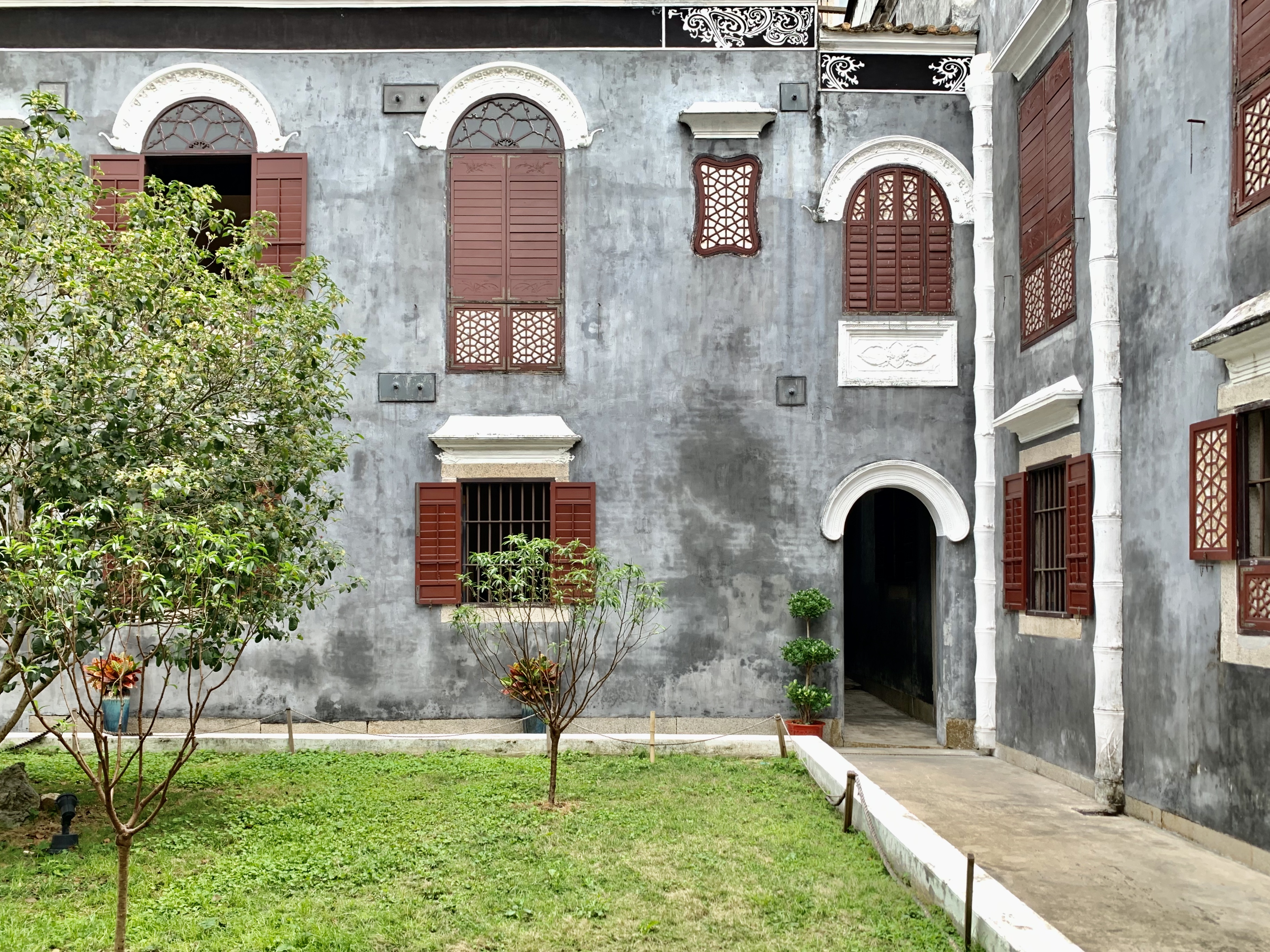
Perfect mix of East and West
Walking from Largo do Lilau (Lilau Square), you might be surprised to see a large Chinese-style door embedded between the rest of the surrounding Western-style buildings. The entrance is in traditional Chinese style, with the main door indented. This is to show the importance of the house. As you walk down the steps into the house, you begin to appreciate the true size of the residence.
The complex is composed of two siheyuans (Chinese-style buildings with inner courtyards), decorated by clay relief on the outside wall. Although the house overall was designed in a traditional Chinese style, there are many sections where you see elements of Western design. The ceiling, for example, has patterns hollowed out along the edge. The use of shutters by the windows is also a distinct feature of the mixed-culture design.
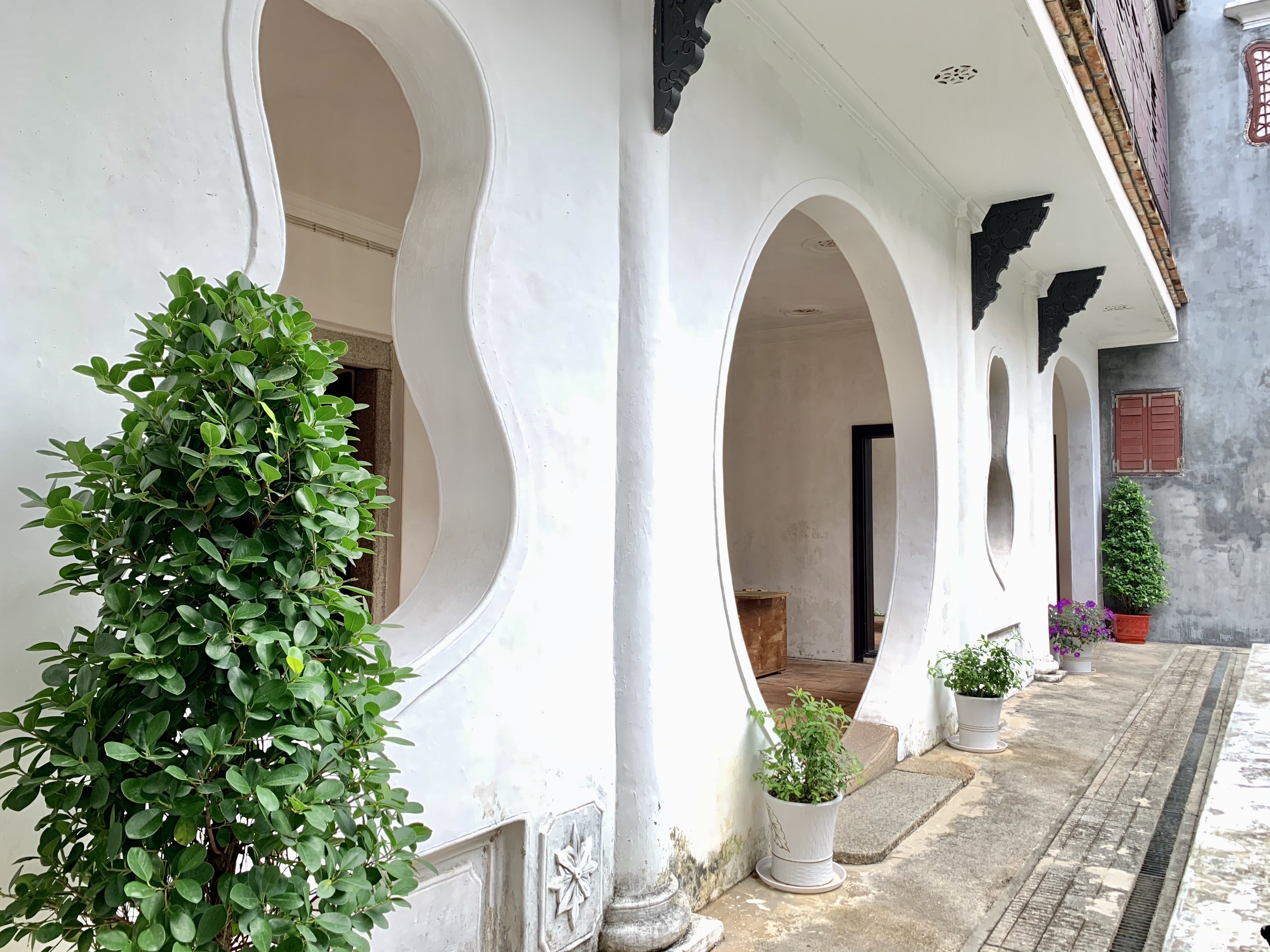
The hallway on the left side of the first floor is our favorite part of the house. Here you’ll find wide comfortable seating areas by the windows, allowing a view of the lovely garden downstairs. The wooden window frames in the middle section of the house are also one of a kind. They are made with material from oyster shells in between the wood sections. The use of oyster shells can be found in many of Macau’s historical buildings, but it is rare to see it so beautifully done.
Visit and enjoy a piece of Macau history, take a walk with friends, or perhaps find a secluded corner and read a book in this oasis of quiet. Additionally, the Macao Orchestra regularly performs at the Mandarin’s House. Check the Mandarin’s House website for other regularly scheduled events.
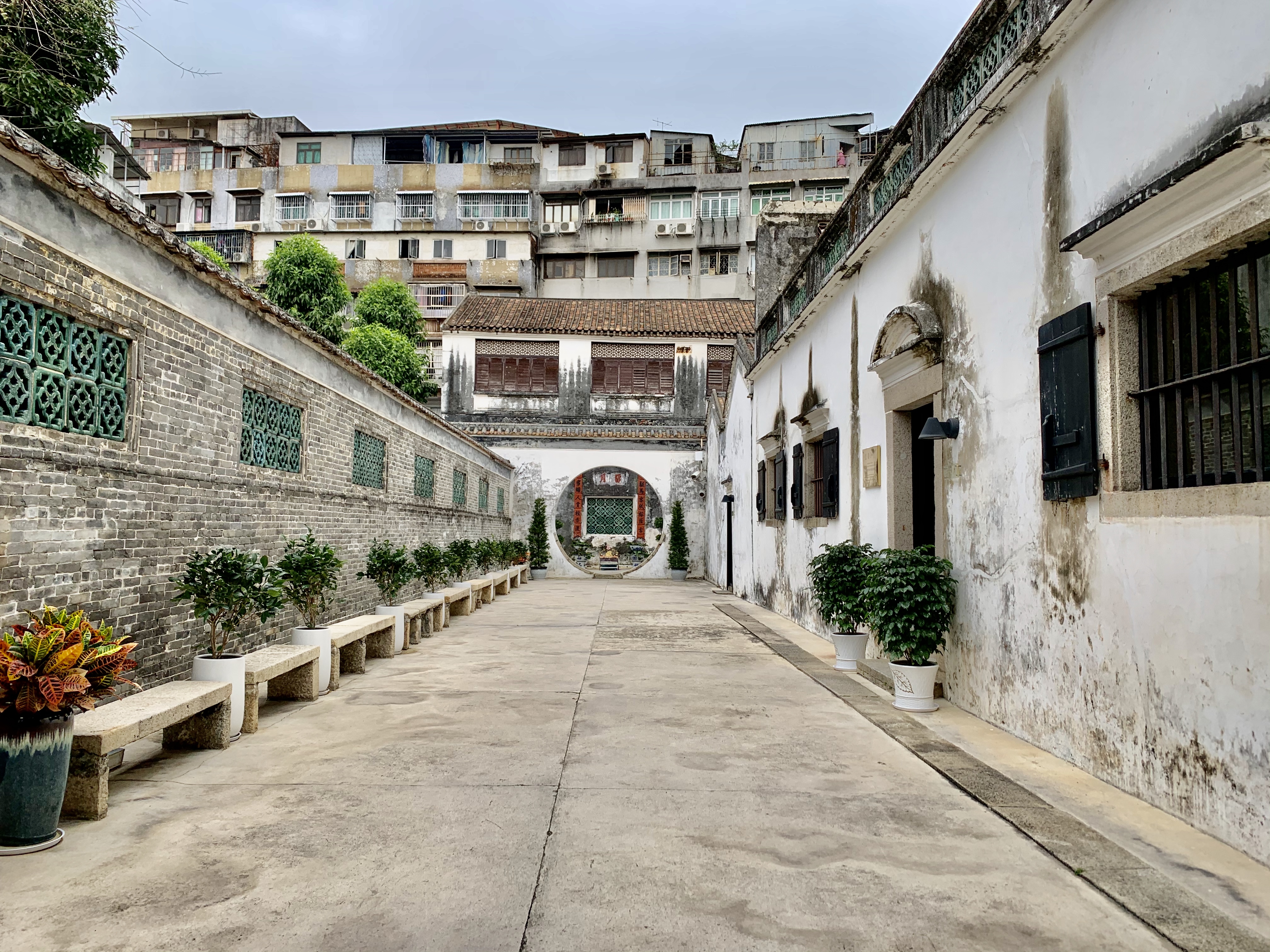
Visit and enjoy a piece of Macau history, take a walk with friends, or perhaps find a secluded corner and read a book in this oasis of quiet. Additionally, the Macao Orchestra regularly performs at the Mandarin’s House. Check the Mandarin’s House website for other regularly scheduled events.
Opening hours: Thursday–Tuesday (except public holidays), 10:00am–6:00pm
Mandarin’s House 10 Travessa de António da Silva, Largo do Lilau, Macau, www.wh.mo/mandarinhouse
This article was originally written by Avalyn Acland in January 2017 and updated by Leonor Sá Machado in July 2021.

